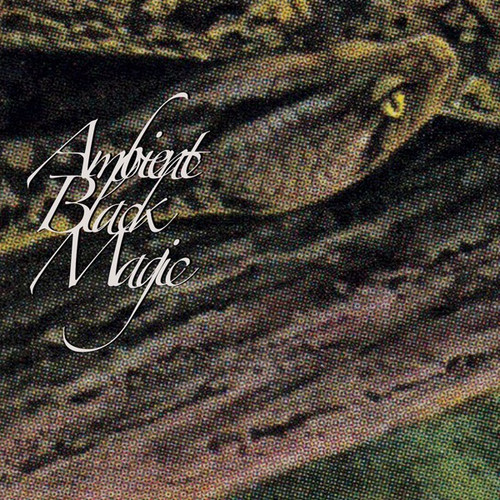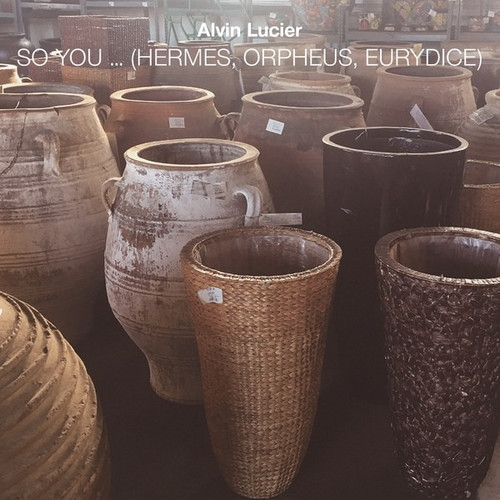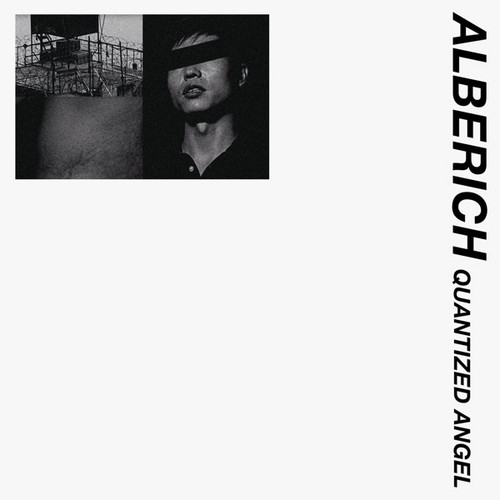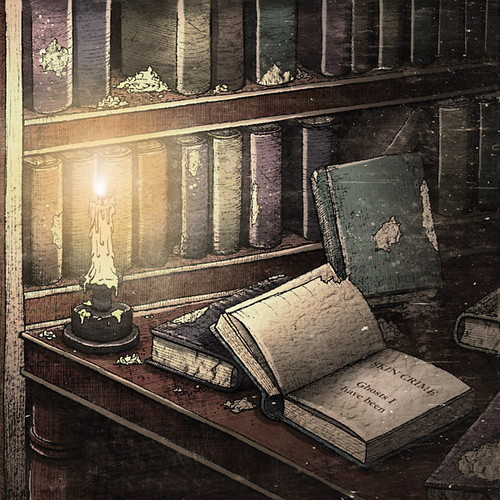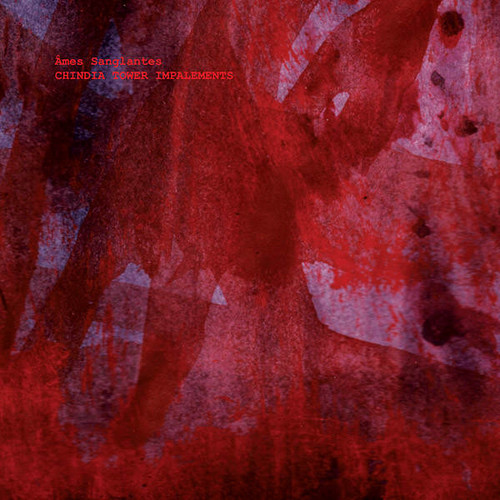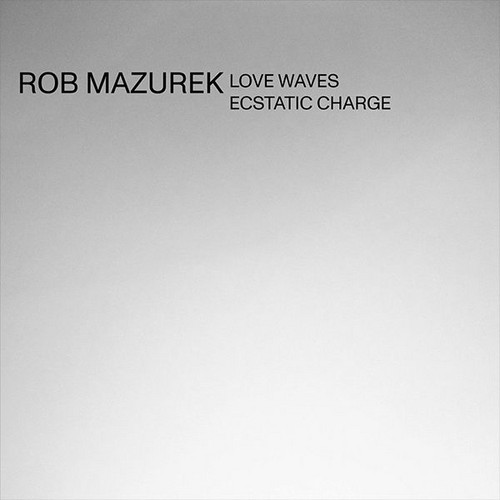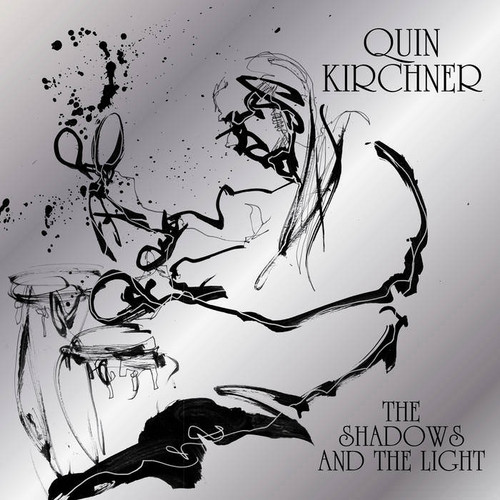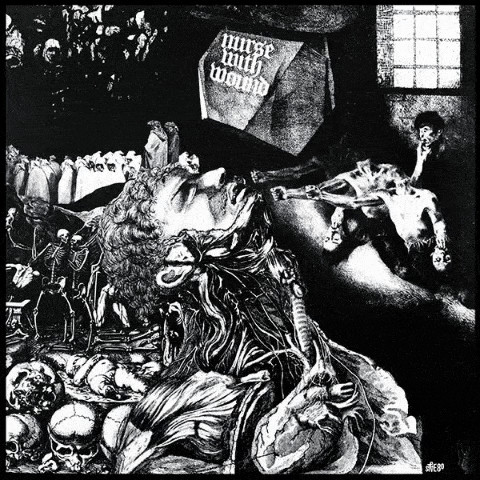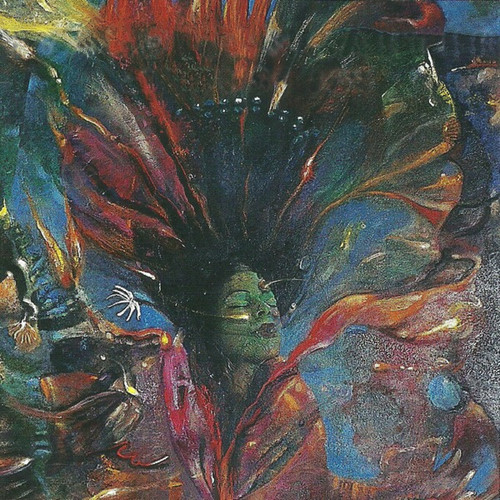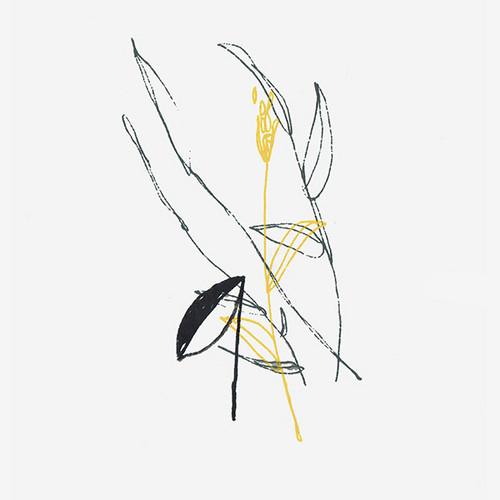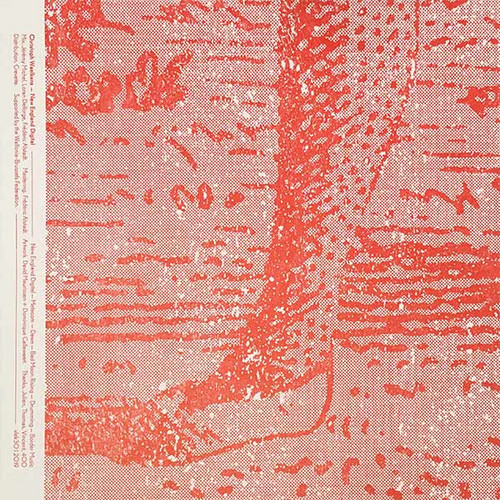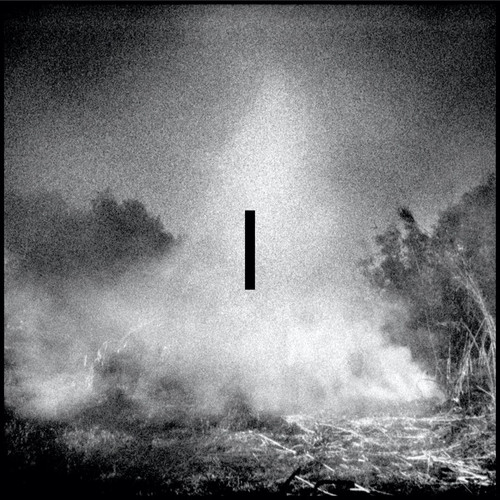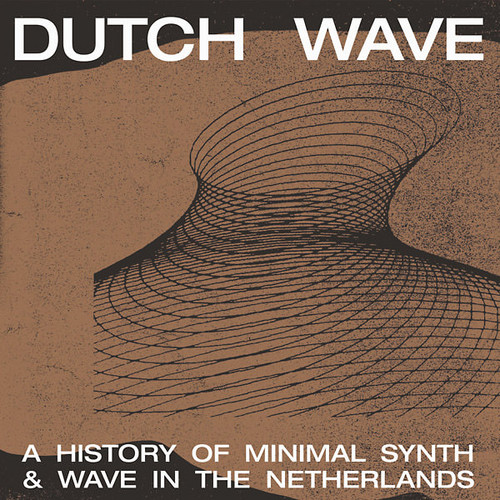Back in stock
Ambient Black Magic
** 2021 Stock ** Rainforest Spiritual Enslavement is the ambient techno project of Dominick Fernow. Focusing on slow paced bass studies and synthetic dub textures, surrounded by collaged and looped field recording environments, RSE shrouds sound over image to target the sector of brain where fear supersedes rationality -- the imagination. As RSE appears live for the first time, it has transformed into an entity with rotating contributors on stage and on recording. Ambient Black Magic moves away …
In the past only geniuses were capable of staging...
CD Edition. Full title: In the past only geniuses were capable of staging the perfect crime (also known as a revolution) Today anybody can accomplish their aims with the push of the button. For its 50th release, Black Truffle presents the ninth album from one of the label's core ensembles, the power trio of Keiji Haino, Jim O'Rourke, and Oren Ambarchi. Drawn from a November 2015 performance at Tokyo's now-defunct SuperDeluxe, the record's opening piece drops us immediately into the maelstrom, ab…
So You ... (Hermes, Orpheus, Eurydice)
So You ... (Hermes, Orpheus, Eurydice) is a major new work by legendary experimental composer Alvin Lucier. It is an hour-long epic that tracks the familiar Orpheus myth from a less familiar perspective: that of Eurydice as imagined by poet H.D. (Hilda Doolittle); a Eurydice who rails at Orpheus for his hubris in attempting to rescue her. So You ... (Hermes, Orpheus, Eurydice) was originally commissioned by Documenta 14 and first performed as part of Documenta in Athens in 2017. Two key, and for…
Quantized Angel
Few contemporary industrial acts are spoken of in such highly reverential terms as Alberich, the solo project of underground super-producer Kris Lapke. While Lapke himself may best be known for his production and mastering work, both for such diverse sounding acts like Prurient, Nothing and the Haxan Cloak to his audio restoration work for Coum Transmissions and Shizuka, Alberich has achieved a cult on par with many of the legends he works with.
Lapke’s diverse contributions as a producer are re…
Ghosts I Have Been
Ghosts I Have Been is the first album from the supreme atmospheric noise band Skin Crime since their colossal 20-CD box set collection on Hospital Productions in 2015. Anyone who attended the Hospital Productions 20 Years Festival in New York City and saw Skin Crime perform their first live show in nearly 15 years will understand the deep masterful balance of tension, texture, and dynamism that has been the signature since the early '90s of this cult and collectible project. A defining char…
Mission Invisible
** 2021 Stock ** Hospital Productions announce the unreleased, would-be-classic from Japanese noise hero Painjerk. Originally recorded immediately after the canonical Gallon Gravy classic, this is pure -- definitive -- loop-heavy noise energy and dynamism that would become the signature of Kohei Gomi's electronic studies having influenced two generations of underground electronics since. Hailing from a background of Japanese punk, Kohei Gomi stayed true to the fierce ethos of independence and ex…
Chindia Tower Impalements
Triple-CD reissue. Originally released as a triple cassette of only 66 copies. Âmes Sanglantes means "bloody souls". Nowhere else in Âmes Sanglantes' sprawling and massive wild/punk/junk discography has this idea been more focused than on the epic and original Chindia Tower Impalements, as well as on cult tapes like Anti-Anti (1999), Mega Star Barbies, Violation, and the immense and impossible 12-hour-long Crackdown cassette box from Hospital Productions last year. This newly remastered version …
Love Waves Ecstatic Charge
Love Waves Ecstatic Charge uses visual material to construct sonic architecture. The visuals are one hundred and six still images taken from an experimental video which was initially shot when Rob Mazurek was in residency at Abbaye Royal de Fontevraud, France, 2005. Upon his return from the residency he discovered the camera broken and barely operational other than the fact of being able to extract frame by frame 106 distorted still images and fragmented skipping sound that would on occasion bur…
The Shadows and the Light
**2CD version** «My favorite albums have always been the ones that take the listener on a journey. I aim to do that, to create worlds with my albums - universes. I wanted The Other Side of Time to unfold like a story and I've continued that process with The Shadows and The Light. I'm influenced by so many different styles of creative music and I like to try and bring all those influences into harmony on these records. There is long-form and short-form composition. You have groove and you have fr…
To the Quiet Men From a Tiny Girl
**500 copies, yellow vinyl. Very few copies available** The long awaited vinyl reissue of NWWs classic second album is finally available. Following on the footsteps of Chance Meeting on a Dissecting Table, To the Quiet Men From a Tiny Girl was Nurse With Wound's second album and shows the group refining itself from the debut and adding a lot more dynamics. The record starts off with the very short Umbrella Link, really just some guitar riffing from engineer Nicky Rodgers as a concession for NWW.…
To the Quiet Men From a Tiny Girl (yellow vinyl) + Merzbild Schwet (blue vinyl) - 2LP Bundle
**Special Bundle, yellow and blue vinyls. Very few copies available** Two absolutely stunning, long out of print early artifacts from Nurse With Wound's seminal catalog - 1980's To the Quiet Men from a Tiny Girl and Merzbild Schwet - reissued on vinyl in limited editions from Dirter, that can't be missed. Both take huge strides toward rethinking notions of avant-garde music was during the dawn of the 80s, and remain as pregnant with the potential for contemporary influence today, as the already …
My Pure Joy
"From A Love Supreme to The Sex Machine!" The personal musical mantra of the late Philadelphia reedman Byard Lancaster informed an open-minded and varied lifetime in jazz. Strut presents one of Lancaster’s lesser known classics, ‘My Pure Joy’, recorded in 1992 for Black Fire. Lancaster had initially cut his musical teeth with the avant-garde on New York’s Lower East Side in the 1960s (famously on sessions with pianist Dave Burrell and drummer Sunny Murray) and in Paris during the ‘70s after an a…
The Ritual and the Dance
Astral Spirits presents The Ritual and the Dance by Roscoe Mitchell & Mike Reed. Recorded by Michael Huon at the Oorstof concert series. Zuiderpershuis, Antwerp, Belgium, October 22, 2015. Live concert produced by Sound in Motion. Art Ensemble of Chicago Publishing Company, ASCAP. Mastered by Dave Zuchowski. Original album artwork by Roscoe Mitchell entitled Welcome. Photo by Geert Vandepoele. Layout by Nick LaRoche.
Roscoe Mitchell: reedsMike Reed: drums, electronics
Kamilhan, il y a Péril en la Demeure
"Kamilhan, il y a Péril en la Demeure" is the conclusion of a 5-part cycle of works by artist Grischa Lichtenberger which was initiated with the album "La Demeure, il y a Péril en la Demeure" in 2015 and continued with the triple EP release "Spielraum, Allgegenwart, Strahlung" in 2016.
I Suppose I'm Your Future
**200 copies on 180g black vinyl, silk-screened artwork** After having released several solo works of both artists, Dauw announce the first collaborative full album by The Humble Bee and Benoît Pioulard, I Suppose I'm Your Future.Both artists hold a very special place in the history of the label. The Humble Bee was already present from the very beginning and, in hindsight, definitely has put an important mark on the musical aesthetics we've been developing throughout the years. On the other hand…
Slow Spark, Soft Spoke
**200 copies on heavyweight clear vinyl, silk-screened artwork** Shortly after releasing his highly acclaimed The Benoît Pioulard Listening Matter (Kranky), Pioulard left on tour to Europe in order to promote the album. This tour took him to several distinctive places ranging from urban Brussels to rural France and the mystic capital city of Iceland, Reykjavik.Once returned to Seattle, these new impressions and memories formed the inspiration to make Slow Spark, Soft Spoke. Not surprisingly, the…
New England Digital
"New England Digital is proudly digital, containing six very different sound vignettes ranging from ‘style brisé’ FM harpsichord to abstract techno. At times dreamlike and detached but never without solid harmonic or rhythmical interest, New England Digital evokes scenes from New England pastoral life during the early settlement years.Christoph Waelkens is a Brussels based musician with a background in both classical and electronic music. In the early nineties he was involved in many dance relea…
Sahrah
Official reissue of the excellent first mini album by End Of Data, originally released in 1984 by Divine records (Tuxedomoon, Fra Lippo Lippi, Mecano…). End Of Data existed in Rennes, Brittany (France) during the early eighties and shared members with Charles De Goal. They released only 2 records that are classics of the minimal synth pop and new wave. “Great and rare French album. Minimal Synth,post punk and some art rockish hints. Would appeal to all fans of Autopilot, Kas Product, Dark Day, …
Volta No Vento
** Edition of 250 numbered copies, 180g black vinyl, spot varnish on 350g paper heavy sleeve ** "Volta No Vento" is the result of a dialog between the French photographer Gilles Roudière and the French musician and composer Toàn initiated by IIKKI, between November 2019 and November 2020. Toàn is Anthony Elfort, a French musician and composer from Brittany who has released previously his first release on the label eilean rec. in July 2017. After 3 years, this is his second opus splitted in two a…
Dutch Wave: A History of Minimal Synth & Wave in The Netherlands
The first chapter of Onderstroom digging into the history of Dutch
minimal synth and wave. Who needs a big, expensive recording studio with
all those fancy high-tech machines that only make your weary head spin
when you can do it all by yourself at home in your (teenage) bedroom?
Way back in the early eighties all you really needed was an idea, quite a
bit of guts and some rudimentary equipment. You could basically do
whatever you wanted. The means were limited, yet the sky was unbounded. …
